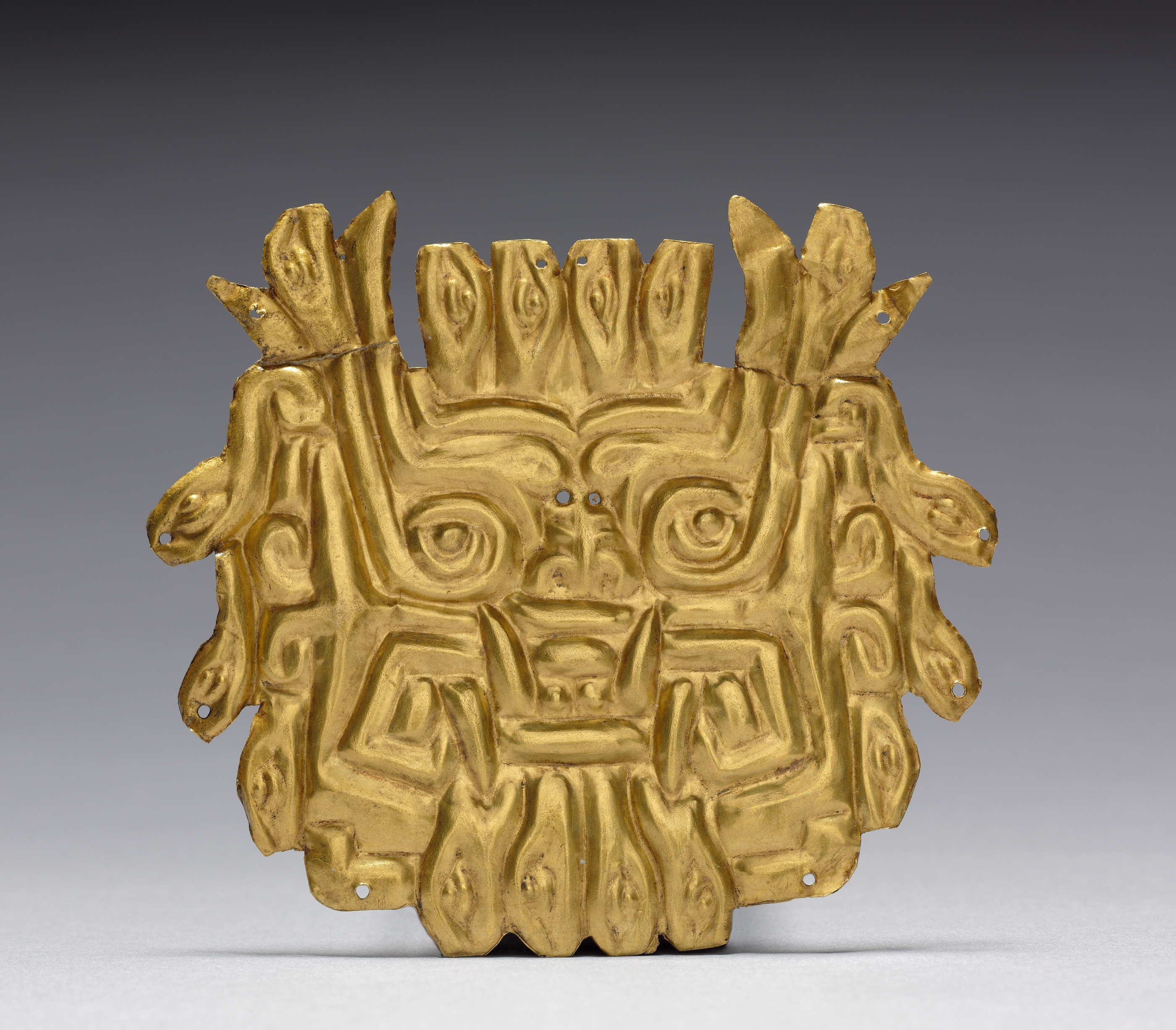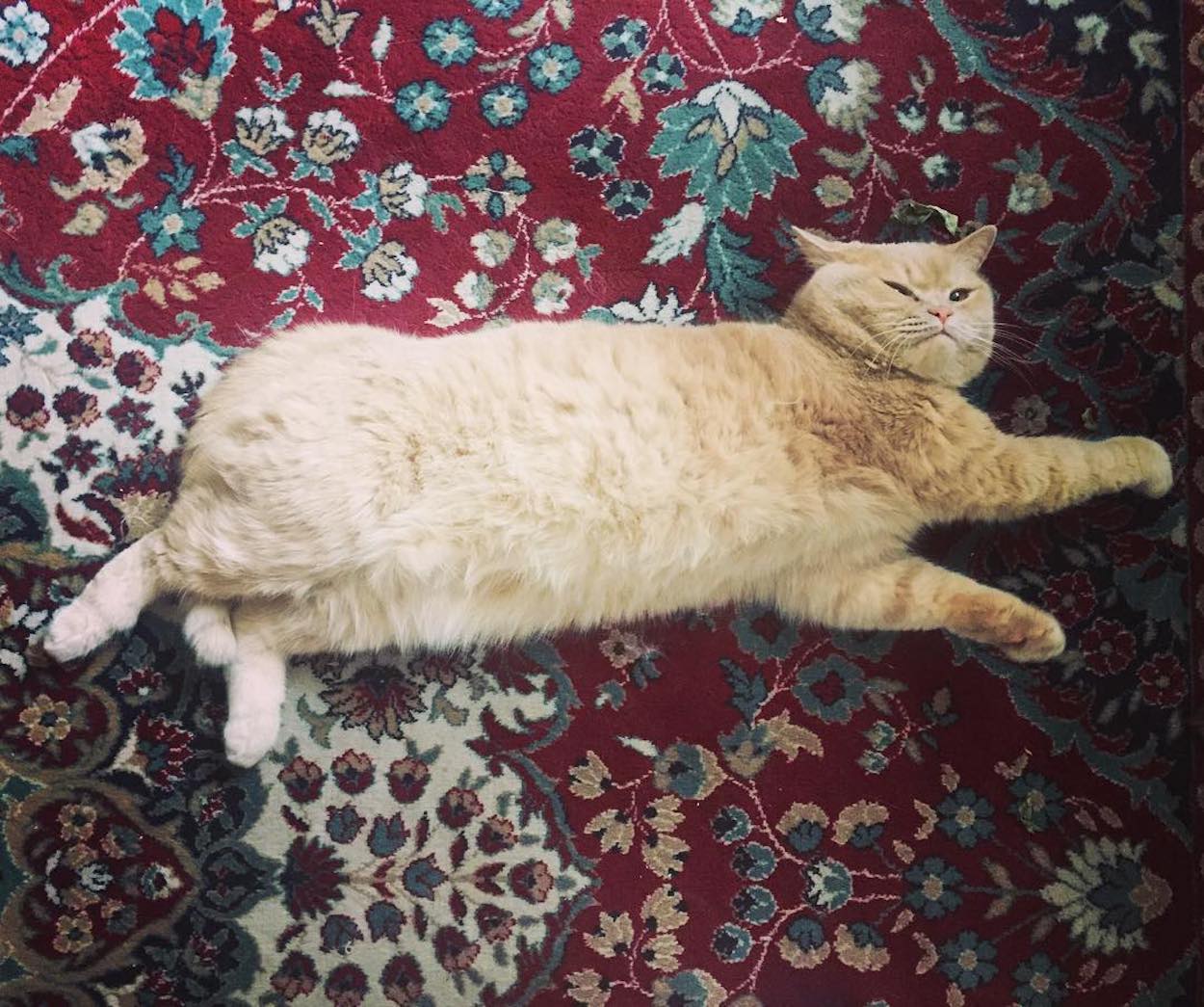Today we present a beautiful piece of art created by the Chavín culture, an extinct, pre-Columbian civilization developed in the northern Andean highlands of Peru around 1000 BCE.
The plaque showing a powerful Chavín deity may come from a group of gold objects found in a lavish tomb in the 1920s. The one we present today is shaped like the deity’s fanged head, its fur transformed into 16 serpents that edge the plaque. Chavín art is known for its complex iconography and its "mythical realism." There is constant evidence within all types of art (including ceramics, pottery, and sculptures) of human-animal interactions, which was reflective of societal interconnections and how the Chavín people viewed themselves connected with "the other world."
By the way, did you know that hammered gold ornaments have been produced in the Andes since 1500 BCE?
We present today's work thanks to the Cleveland Museum of Art.
P.S. 2024 is coming; do you have your artsy calendars already? If not, please check our legendary DailyArt 2024 calendars in the DailyArt Shop!
P.P.S. Pre-Columbian art from the Andean region is fascinating! Even its pottery is full of life and passion. See sex, love, and death in ceramic artworks from Ancient Peru! They are jaw-dropping! Below you'll find even more pre-Columbian art.


 Unknown Artist
Unknown Artist